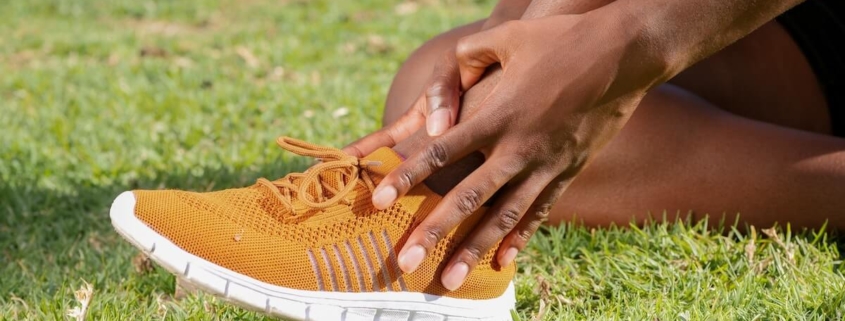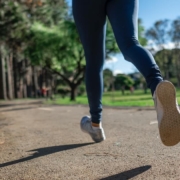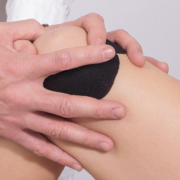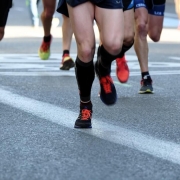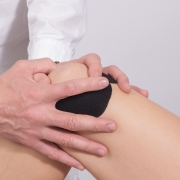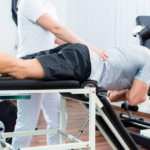Don’t Let Running-Related Pain and Injury Stop You
It’s running season again, with several running events happening in Victoria between May and October. Significant upcoming running events like the Oak Bay Half-Marathon and the Victoria Goddess Run have many running enthusiasts ramping up their conditioning and noticing running-related pain as a result.
Addressing Pain and Preventing Injury Will Take You Far
While most running-related pain can be alleviated with rest, it’s never a good idea to ignore pain, especially if it persists and interferes with the activities you love. Addressing suspicious pain early on can prevent more serious damage and permanent injury.
A Few of the Most Common Causes of Running-Related Pain and Injuries
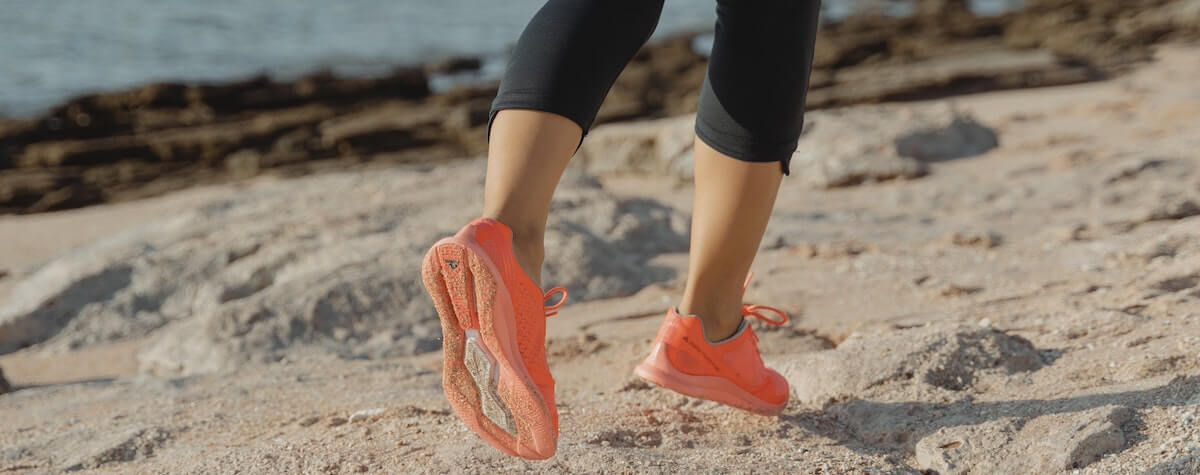
Runners Knee: (otherwise known as patellofemoral pain syndrome) is an umbrella term used to describe one or more causes of knee pain. One of the leading causes of runner’s knee occurs when the cartilage of the kneecap is compromised, resulting in an aching pain that’s often accompanied by stiffness and a popping or grinding feeling when the knee is bent. Runner’s knee can also be caused by strained tendons from overuse or direct trauma due to a hit or bad fall. In addition, gait issues and muscle imbalances are contributing and aggravating factors.
IT Band Syndrome: (which is often associated with runner’s knee), is experienced as a sharp, burning, clicking, or aching pain on the outside of the knee. IT Band Syndrome is caused by inflammation and irritation of the iliotibial band that runs down the outer part of your thigh, connecting your pelvis to your knee. Gait issues, muscle imbalances, overuse, and running downhill or on irregular surfaces are all contributing factors.
Shin Splints: describes that hard to mistake aching and burning pain at the front of your lower leg, which is caused by repetitive strain of the tibia and its connecting tendons. Contributing factors include gait issues that affect ankle alignment, weight, and running downhill or on irregular surfaces.
Nerve Pain with Sciatica: often experienced as a sharp pinching or shooting pain in the lower back and upper glutes that can radiate down the back of the thigh. Sciatica pain occurs when the sciatic nerve becomes inflamed, pinched or compressed due to a herniated spinal disc or tight lower back or glute muscles.
Plantar Fasciitis: a common running injury that results in burning or stabbing pain in the heel or midsole of the foot due to inflammation of the plantar fascia that runs from your toes to your heel bone.
Stress Fractures: a common cause of running-related pain and injury. Stress fractures from running occur when muscles become strained and cannot sufficiently absorb the impact of a runner’s feet striking the ground, resulting in small cracks in a bone. Symptoms include sharp pain and swelling that worsens during activity and often persists at rest. The contributing factors are running on hard surfaces, unresolved gait issues, poor footwear, and muscle overuse. In runners, the bones of the shins, ankles, and feet are most commonly affected.
Achilles Tendonitis: experienced as pain, tension, and stiffness of the back of the ankle and heel caused by inflammation of the Achilles tendon due to tight calf muscles, bone spurs, and overuse. Achilles tendonitis typically occurs when running distance and intensity increase.
Muscle Strains and Sprains: includes muscle tears and pulls that cause pain that persists despite rest, which can be accompanied by swelling, bruising, redness, weakness, and obstructed mobility of the affected muscles. Hamstrings, quadriceps, calves, and groin are the most common muscles affected by tears and pulls from running.
Sore Hips: burning or aching pain and stiffness of the hip joints and surrounding area is often caused by muscle tension, overuse, muscle imbalances, and unresolved gait issues. In some cases, hip pain may be caused by stress fractures or cartilage tears.
Bursitis: caused by inflammation of the fluid-filled sacs (bursae) that protect the joints. Bursitis pain typically manifests as intermittent (flare-ups) of sharp, shooting, or aching pain, stiffness, swelling, and redness of the affected joints and is often a result of overuse injury.
There Are Several Things You Can Do Now to Prevent Running-Related Pain and Injury While Training
- Take time to warm up, hydrate, and stretch before more strenuous activity.
- Adequate rest
- Proper footwear
- Vary running surfaces (running on turf or softer trails versus road running to reduce shock on your joints).
- Addressing possible gait issues, pain, past injuries, and muscle imbalances.
- R.I.C.E.
How to R.I.C.E. Away Running-Related Pain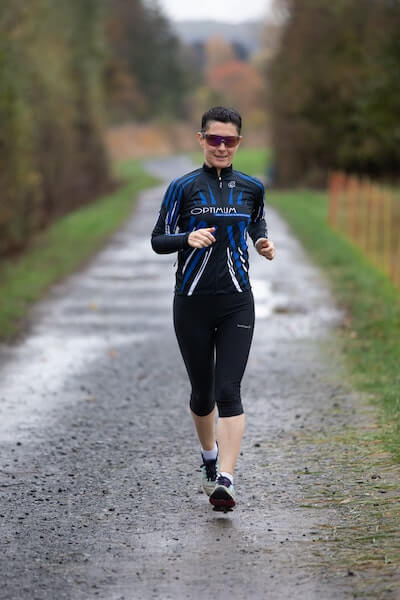
At the first indication of pain and swelling, follow the RICE method to help alleviate pain, swelling, and further injury:
Rest: Immediately stop the activity to prevent further damage.
Ice: If swelling is present, apply a cold pack in 10-20 minute increments (wrap cold pack in a towel to avoid causing ice burns to skin).
Compression: Painful joints can be carefully wrapped in a compression bandage to help with pain and swelling. Ensure you don’t wrap the area too tightly! Numbness, coldness, a change in colour, or swelling in the area below the wrap indicates your bandage is too tight, negatively affecting circulation. Compression should not be used over broken skin, while sleeping, or by people with diabetes or compromised arterial circulation without direction from a physician or health practitioner.
Elevation: To help reduce swelling, use pillows to elevate the affected limb above the level of your heart.
If Pain Persists
It never hurts to have things checked out by a health professional. Consider that catching concerns early and the right course of treatment can alleviate pain, prevent further injury, and improve your performance.
Treating running-related pain and injuries may include a combination of
- Physiotherapy,
- Chiropractic care,
- Gait analysis and Customer Orthotics,
- Massage Therapy,
- Kinesiology and Athletic Therapy
The proper course of treatment depends on the nature of the injury and what’s needed to alleviate pain, address muscle imbalances, and correct movement patterns to prevent recurrence and further damage.
Take the Next Step towards Running Without Pain and Injury
Whether you are a seasoned athlete or a novice runner, when pain or injury slows you down, our practitioners at Diversified Health can help. Take the first step on your road to recovery by booking an appointment with one of our practitioners today. Call (250) 382-0018 or book an appointment online. We offer direct billing and weekday and weekend appointments. Please view our hours of operation and location details here.
Adopting the right approach to your overall health and wellbeing helps ensure you’ll be able to participate in running events for years to come!

